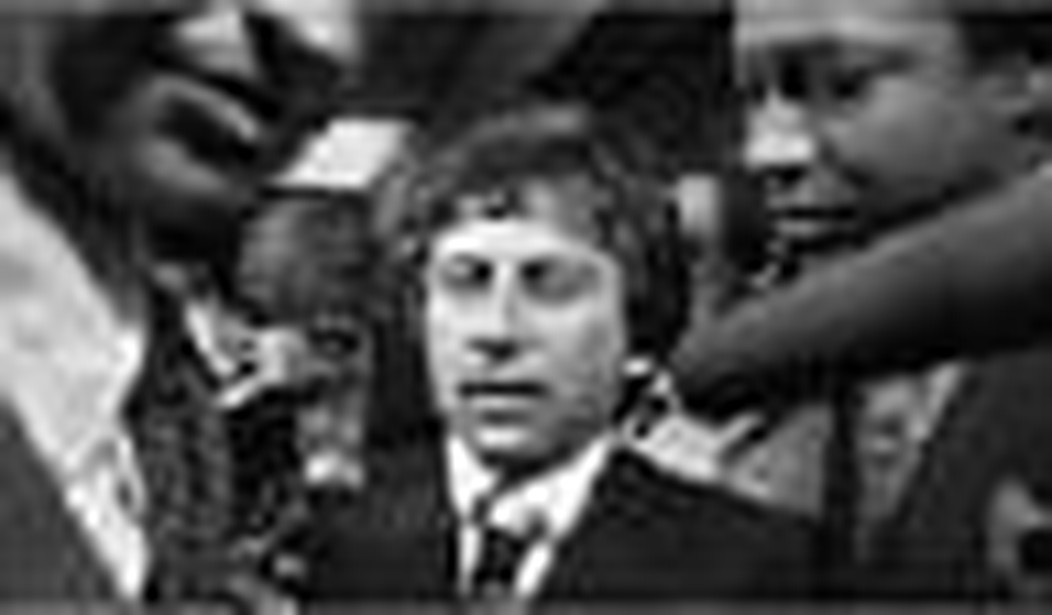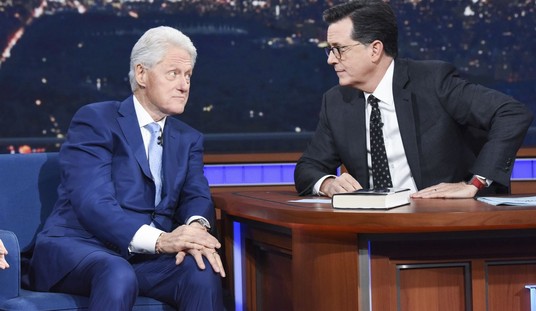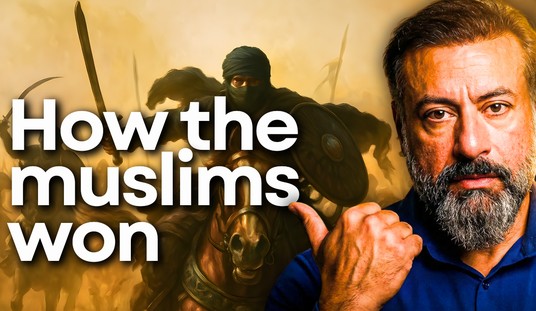Before the Trial of the Century came director Roman Polanski’s trial on charges of unlawful sexual intercourse with a minor. Both court cases drew massive media attention. Both involved judges who were itching for their close-ups. But while The People vs. O.J. Simpson evoked the nation’s fractured racial past, Polanski’s case revealed a chasm between U.S. and European cultures.
Roman Polanski: Wanted and Desired, debuting tonight at 9 p.m. on HBO, dissects the case against the Oscar-winning director of classics like Rosemary’s Baby and Chinatown.
What’s missing, or too fleetingly discussed, is the bigger picture. Sure, director Marina Zenovich brings considerable flourish to her treatment of Polanski’s trial, complete with a haunting score and footage of every major player in the battle.
But what about the cultural divide that marked the case? Zenovich only skims over the fact that many Europeans either felt what Polanski did wasn’t a major crime, or that his body of work overshadowed his misdeeds. The American public, we’re told, felt quite differently. And likely still does, especially since the director has yet to set foot on U.S. soil again to answer for his crime.
That’s fodder for a dynamic documentary. Instead, Zenovich zeroes in on the case in question. That approach should please Tru TV watchers and anyone who longs for the days of the Dancing Itos on The Tonight Show.
But all the finesse Zenovich brings to bear can’t camouflage a missed opportunity.
The film opens with an older interview snippet in which Polanski is asked about his taste for younger women. His answer hangs in the air while the film segues to the heart of the matter — his 1977 trial on charges he drugged and had sex with a 13-year-old girl.
The charges are then flashed on the screen in typewriter style while a women’s voice warbles a sing-song melody that sounds ripped from a stolen childhood. It’s a chilling and masterful setup.
The facts of the case come in early and are rarely disputed. A “he said, she said” court testimony recap, played out on the screen via more typewriter keystrokes, makes Polanski’s guilt obvious. The photographs recovered from Polanski’s camera only reinforce the prosecution’s case.
So what’s left? If our collective memories of the O.J. circus are still fresh, plenty.
The presiding judge, Laurence J. Rittenband, worked the media like Madonna out promoting a new album. His every move depended on what the nightly newscasters were reporting on the case. At one point, he went so far as to ask a court reporter how he should proceed. That reporter, one of many sources who contributes to this documentary, recalls the moment with a wry grin.
There’s a whiff of “blame the victim” here, both in the court testimony and in the interviews with Polanski’s friends and admirers. The victim, now 44, appears in the documentary to describe her emotions while the trial was going on, although these moments lack the emotional fireworks one might expect. She publicly forgave the director over a decade ago, and clearly finds little pleasure in revisiting the case.
The film taps a rich vein of film footage and photographs, from shots of the director getting quizzed by Hugh Hefner to behind-the-scenes images from Polanski’s work.
Zenovich’s film does allow for the occasional peek at Polanski’s life. We get his meteoric rise to fame, his romance and marriage to the beautiful Sharon Tate and then the horrific tragedy that took her away from him.
Her death at the hands of the Manson family may have permanently broken Polanski, who already had to deal with losing his parents as a child to the Nazi regime.A press conference held by Polanski after Tate’s murder is tough to watch. The director, devastated but calm, assures the public the callous accusations that his work somehow intersected with the crime were wrong — and enormously painful.
In Wanted and Desired, the real villain turns out to be the fame-hogging judge who presided over Polanski’s case. What’s brutally missing here is Polanski himself. It’s reasonable he’d want little to do with a project reliving this chapter of his life, but weren’t there other interviews the director could cull information from, or at least print exchanges to gauge his mindset in the years after the case?
Polanski drew a standing ovation in absentia when he won the Best Director Oscar for his 2002 film The Pianist.
Were, say, Mel Gibson to rebound professionally and stand before his peers on a future Oscar night, it’s hard to imagine a similar ovation from Hollywood’s finest. And his biggest crime is letting loose with anti-Semitic rants, a far cry from Polanski’s sin.
It’s another angle Roman Polanski: Wanted and Desired, doesn’t have time to pursue.









Join the conversation as a VIP Member